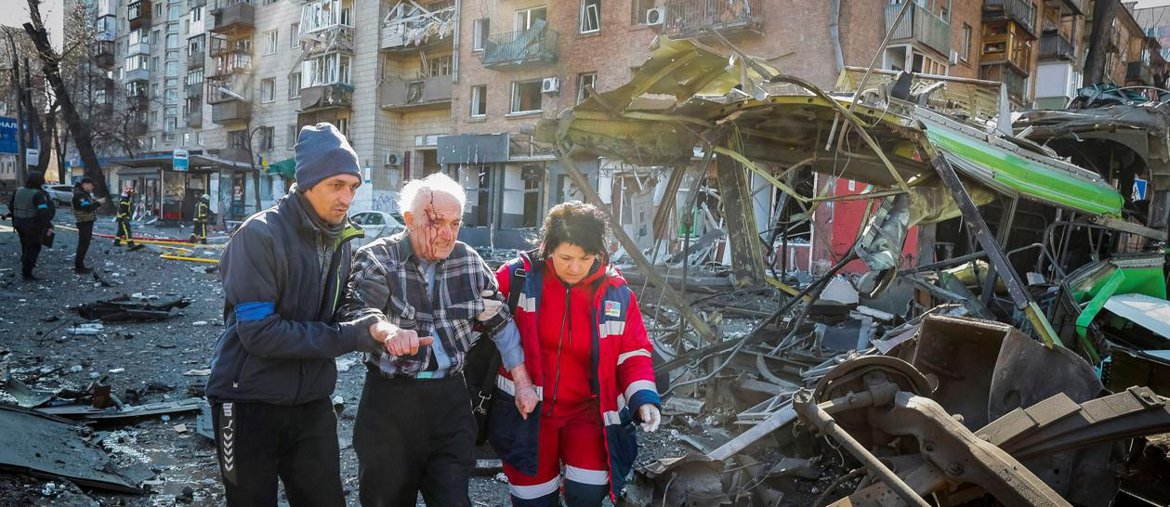On the pavilions of the Biennale: USA, Korea, Saudi Arabia and Malta
From me to the big snakes, to the rain of fire
VENICE, May 2 (askanews) – Simone Lee won the Golden Lion for the international exhibition, but the African-American artist is also in attendance at the Arte Biennale at the United States National Pavilion. For all its power and perhaps more than the massive interference in Arsenal, the pavilion immediately presents itself as a large statue inspired by the aesthetics of colonialism or, better, by representing other cultures that were presented in the West. The breaking of the historical mental form is immediately evident, amplified within the rooms, where Lee’s sculptures, made of bronze and ceramic, decompose the construction of black female subjectivity. The forms are grounded in non-Western traditions, but are also strongly contemporary and have first-class political and sexual power. A discourse that fits perfectly in the spirit of the Cecilia Alemani Biennale and also in redefining the roots of our present, but an art that transcends the simple dimension of political correctness.
To transcend a certain idea of art is also the pavilion of Korea, which represents a kind of journey in the relationships between the visible and the invisible, between the universe and us, between the human and the inhuman. Yunchul Kim’s “Gyre” project puts all five works in the pavilion into resonance and builds mazes within its many labyrinths. But it’s all about the mighty hull of “Chroma V,” a 50-meter-long, kind of robotic snake coiled around itself, its coils covered in LED screens moving and, quite literally, living in relation to impulses that emanate from another on-screen machine, a cosmic particle detector , the muons, which, acting on the frequencies of the invisible interactions between us and the universe, create visible motions, create art that appears, at the same time, pure, so distant and inevitable. Art seems independent of humanity and our destiny as a race.
Another type of huge snake dominates the wing of Saudi Arabia in Arsenal. Artist Muhannad Shono created an aerial installation covered with dried palm fronds. A bio-aromatic structure reflects on the idea of calligraphy and questions its monistic interpretation and the power structures derived from it.
Work is a “learning tree,” but like a living and mysterious body, it feeds on its own obscurity and, again, grows and changes regardless of us.
There is a sense of transformation also in the Malta Pavilion, where Italian Arcangelo Sassolino and Maltese Giuseppe Schembri Bonaci, along with composer Brian Schembri, reinterpreted the beheading of the Baptist by Caravaggio preserved in Valletta Cathedral. A high-impact project, with a real glowing steel shower falling into the water tanks, extinguishing itself, then starting over. In the darkened rooms one perceives the weight of history, its infinite cyclical presence, and in the eyes of the curators, the transformation of the rain of metal, the change of its condition, also represents an act of reconciliation, which spiritually opens up space for progress.

“Prone to fits of apathy. Introvert. Award-winning internet evangelist. Extreme beer expert.”



